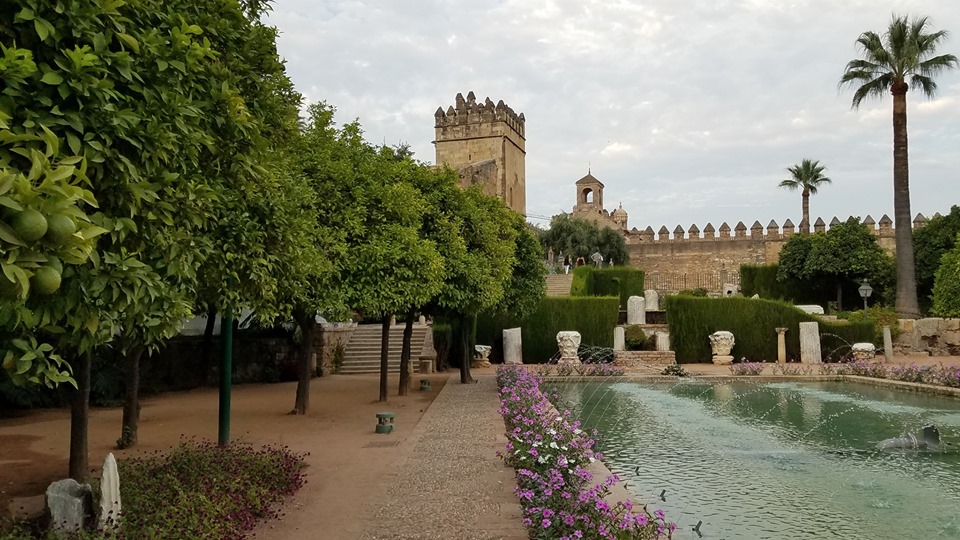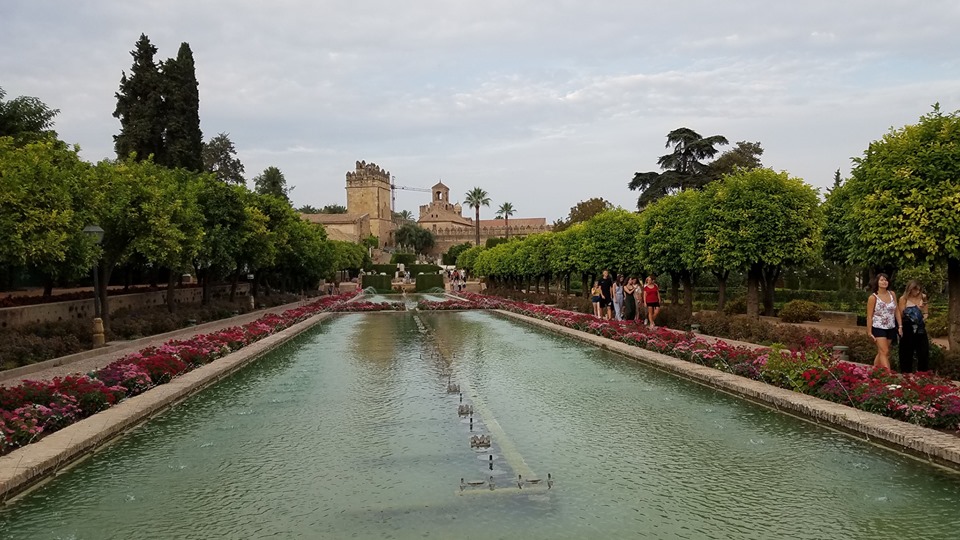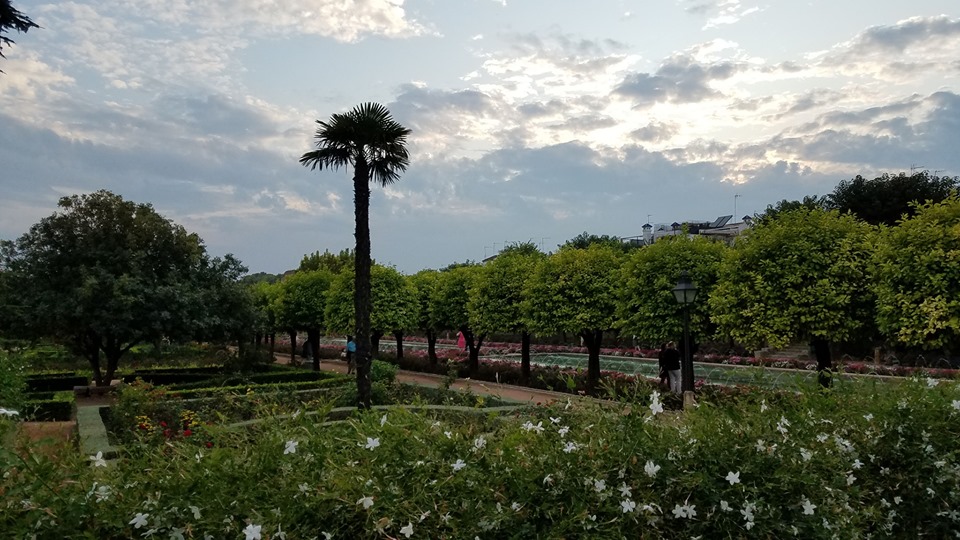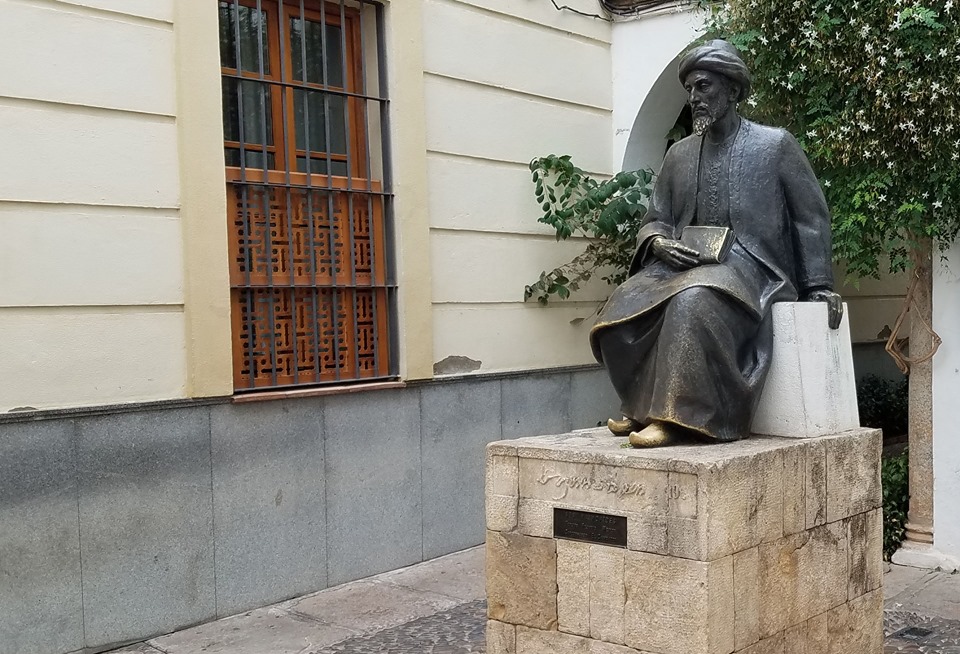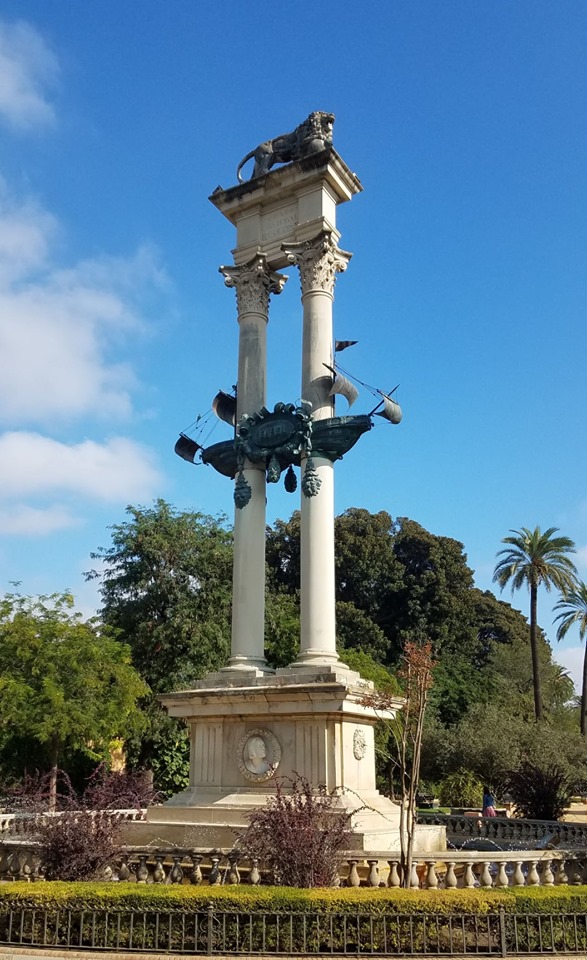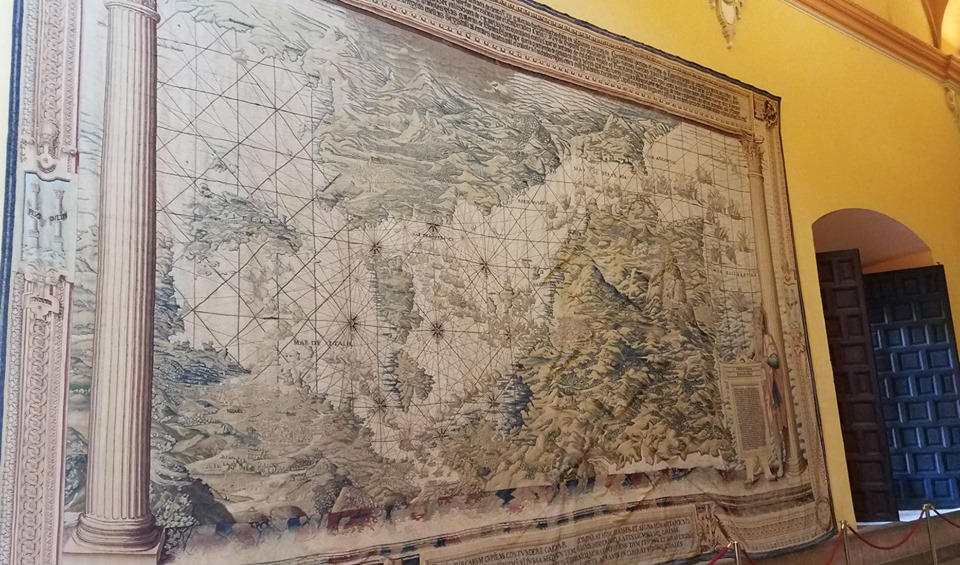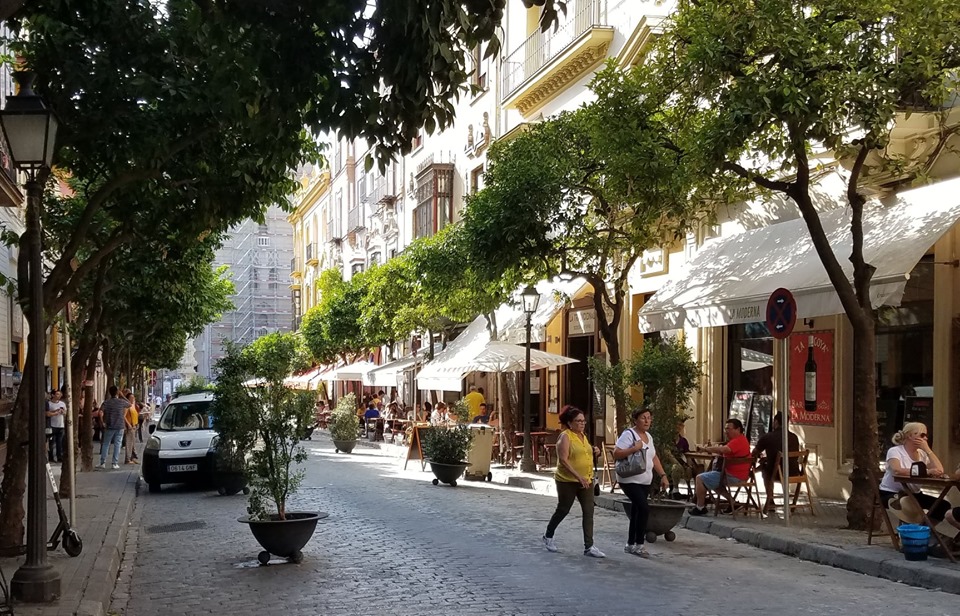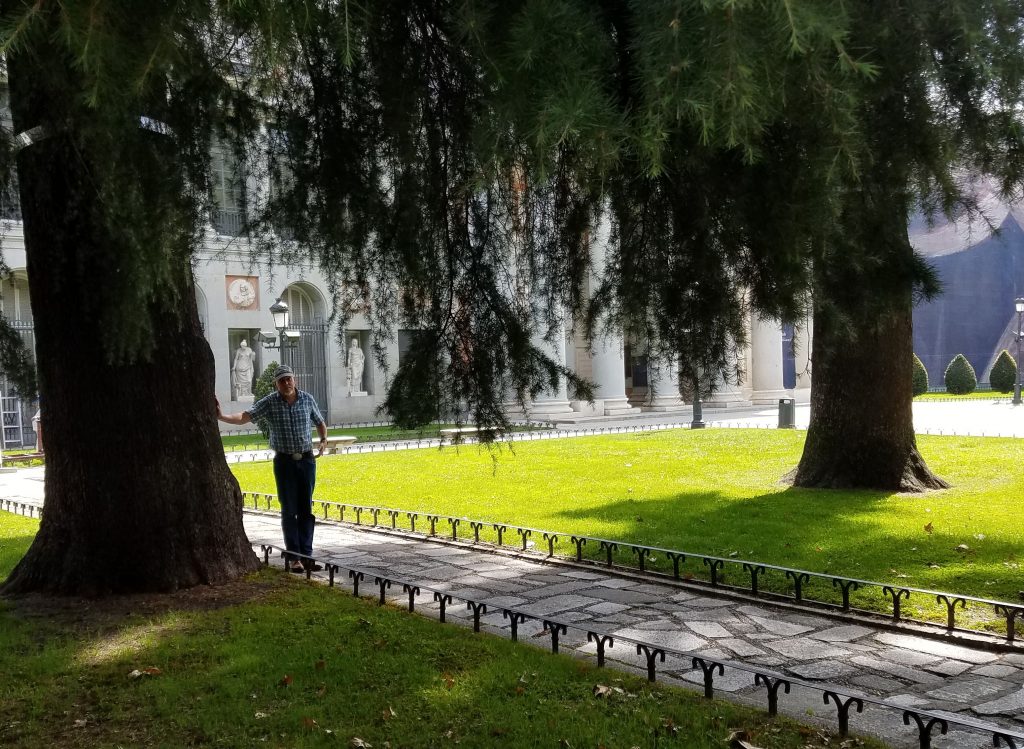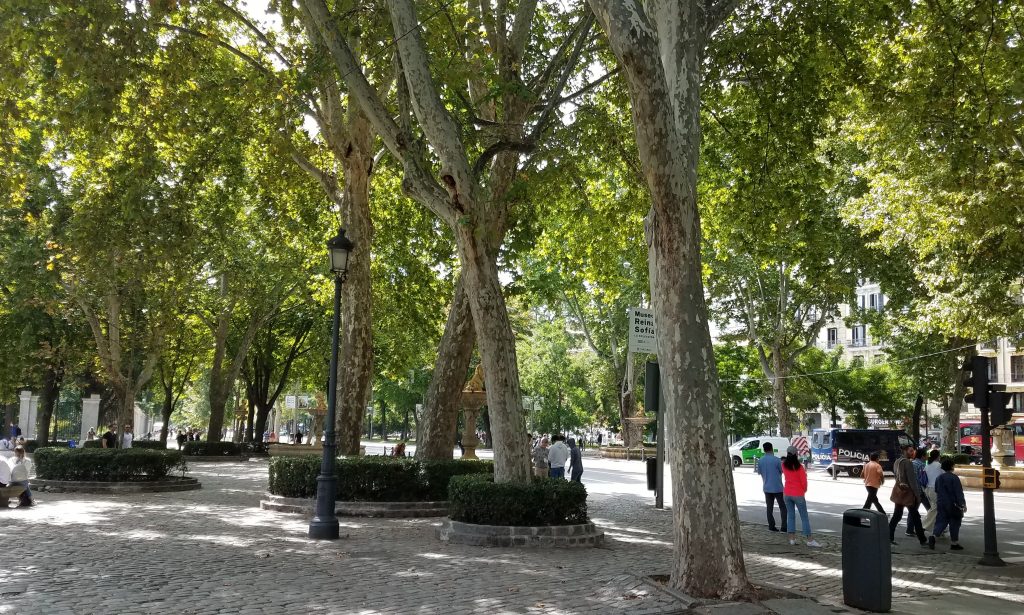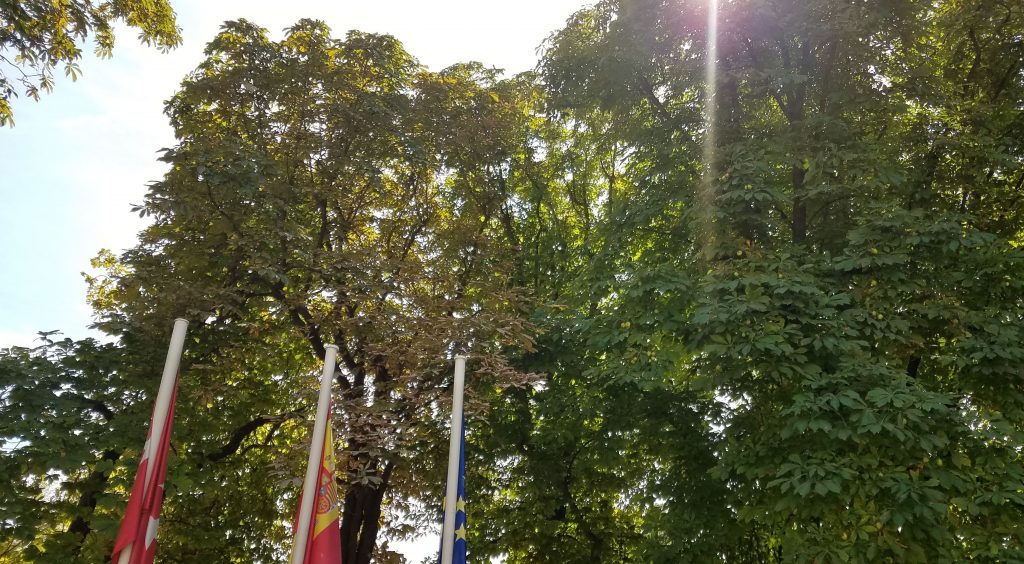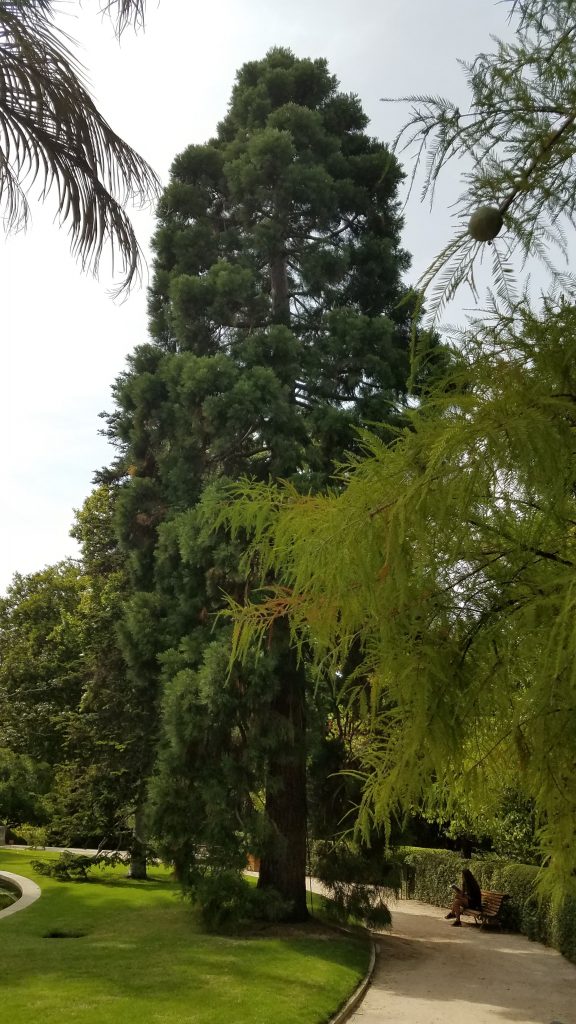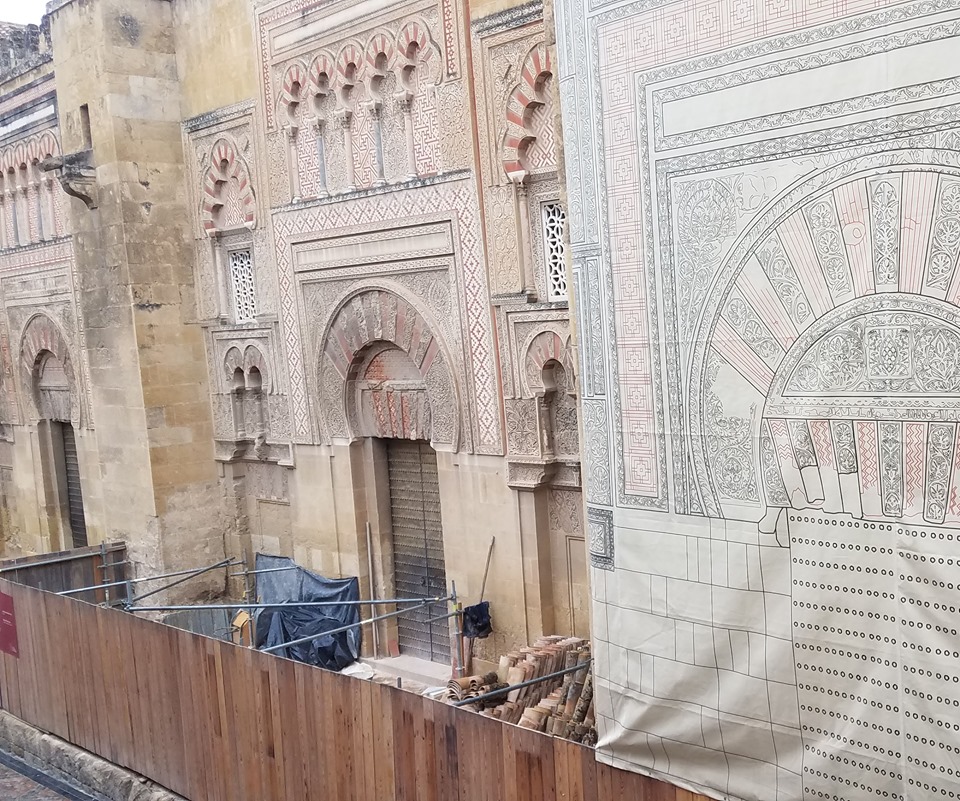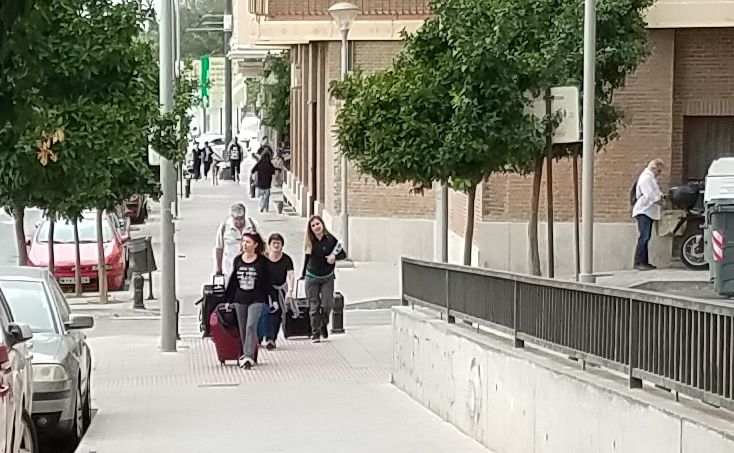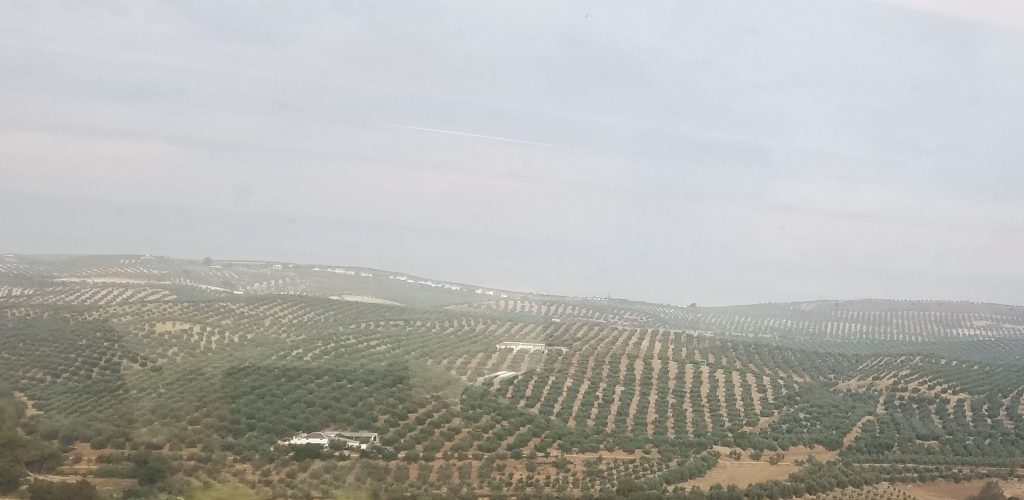I have been a true believer and beneficiary of meritocracy, and I am hesitant to question it, but I am increasingly questioning what meritocracy has become and the outcomes it has created. It is not just me. In his new book, “The Meritocracy Trap,” Daniel Markovits, a professor at Yale Law School, lays out the case that meritocracy, as positive as it has been, has now created and perpetuates a privileged class, as entrenched at the old aristocracy it displaced, and perhaps more pernicious precisely because it is based ostensibly on merit. It is a tall order to face down merit, which is a core American value, but very much depends on what we mean by the term. We rarely stop to think about that, time we did.
A new order
First a story of the passing of the old order. It is a story I have told before. When I was a young officer, I had frequent social contact with a woman who really disliked me. I finally asked her why and she explained that her family had been in America since before the Revolution. For more than 200 years, her family had contributed thinkers, leaders and diplomats. In her generation, however, her brother was denied the opportunity. He wanted to go into the Foreign Service but could not pass the test. He was qualified in every way she knew. He has the right breeding, manners and a superb education, but that test kept him out. Meanwhile, upstarts like me, none of whose ancestors had been nearly as eminent as hers or his, we got the jobs. This is a personal example of the conflict of the old and the new order. Most of us can think of something like this, and most of the time we think it is good. Merit rewards effort and competence and most people applaud this.
The difference between a life-giving medicine and a deadly poison often depends on the dosage
The middle of the 20th Century was the almost golden age of meritocracy. Previously excluded individuals got ahead and the whole country was moving ahead. Colleges were full of first-generation students. Veterans using the GI-Bill went to college almost for free. It was not hard to get into college. People got lots of chances and they could earn their expertise, their places in the growing economy. Nothing is ever perfect, and this was also only an almost golden age, most of the economy and schools, however, were open to general merit.
But as the Greek historian Polybius said more than 2000 years ago and others have repeated since, every system contains within it the seeds of its own destruction. As people got positions because of merit, they started to want to perpetuate their status. The judgment of merit became more formalized and less practical, while those already established learned to game the system for themselves and their children.
The meritocratic system was open to all, but some were in much better positions to play the game
Let me share again some personal experience. I was on my HS swim team. I held the Bay View school record for the 400 freestyle and the joint record for the 400 relays. I was a champion swimmer in the context of my high school and the city of Milwaukee. However, I was at best mediocre compared to kids in the rich suburbs. They were not naturally bigger or stronger, nor did they work harder, but they had been training competitively since they were little kids; city kids like me started when we got to HS. They did not have to cheat to win. They were clearly and consistently faster because of their superior preparation. A swim race is not something open to interpretation. Judged strictly by their merit, they merited better. Was it fair for them to win all the time? Was it fair to set up a system where the better performers didn’t?
Who works the most?
In the past and still in TV and movies the poor work while the rich play. This stopped being true a few decades ago. Today the poor have a lot more leisure time, while the rich have enslaved themselves to work. When they used to talk about bankers’ hours, it meant working only a few hours a day, not even 9-5, i.e. 9am to 5pm. Today hours for top bankers still 9-5, but the joke is 9am to 5am. One reason it is hard to compete with the elites is that it is hard to match their ferocious work habits. And these habits start young.
In the swimming world guys like me can never catch up. It would be possible in theory for us to get training to catch up, but by the time we did our bodies would be too old. This is not necessarily true in most other aspect of life. Someone could well learn form experience and/or take remedial training. This is what used to happen often in the recent past but is increasingly precluded by the formal meritocracy and this is indeed the unfair aspect.
Credentials up the wazoo
It has to do with credentials. Credentials are a proxy for merit and the contest for them starts when participants are very young. They get the right credentials to get into the right schools which give them the better credentials to get the better jobs … In this respect, I was reminded of a book I finished a couple months ago called “Late Bloomers: The Power of Patience in a World Obsessed with Early Achievement.” The author of this book advocates the opposite, but laments that the world is often moving the other way.
Bigotry acceptable and not
Markovits makes some observations about the meritocracy in practice, and he ought to know given his position deep inside. He says that the meritocracy is not prejudiced on the basis of race, gender or ethnicity. In fact, meritocrats celebrate this sort of diversity are puritanical about sanctioning any transgressions in thought, word or deed. The easiest and really the only way to get chucked out of the elite is show or even imply bigotry in any of these areas. However, there is a strong prejudice against those seen less deserving, the perceived losers in the meritocratic game. This group often includes Southerners, working class folks, residents of rural areas and generally what the elite refer to as “fly over country.” Markovits attributes much of the anger against elites to this.
Who does meritocracy oppress?
So, who does meritocracy oppress? Everybody. The winners have to work all the time and never feel secure. The losers … well they lose. But the system hangs on and gets stronger because nobody can come up with viable alternatives. Anything except merit seems immoral and measurements become more and more precise. So what can we do?
Markovits suggests that we start with elite schools and induce them to let more students in and to recruit more of them from the less elite parts of the population, maybe even “fly over country.” This sounds a lot like affirmative action, but it would broaden beyond the usual race and gender groups. But the key is not only to change the composition of the student body, but also to expand the total numbers. There is no good reason for the top institutions to be exclusive. The “best” universities could double or triple their intake w/o a diminution in quality.
It is a myth that the selection process works so well. In fact, the results reflect more precision than the underlying data justify.
When I was State Dept Fellow at Fletcher School of Law & Diplomacy I was asked once and only once for my opinion on admissions. They told me that there were maybe five times as many qualified applicants as there were places. I asked what they meant by qualified. I am qualified to play quarterback for the Green Bay Packers, if qualifications are so basic as to include the ability to run across the field and toss the ball. I was assured all these potential students were highly qualified and would thrive in the program. I suggested a lottery. Numbers are unbiased, and if we recognized the basic uncertainty and randomness, we can use it. They were unenthusiastic about my proposal and never invited me back. I still think it is good, however. It would be simpler, make the kids less crazy and weaken the hierarchy.
Schemes to lessen inequality are often ineffective because they chop at the branches w/o getting at the roots. Markovits does suggest a sort of income redistribution by raising the limit on Social Security, making it less regressive. But the more effective course would be to address the systemic problem. And the systemic issue is that high performing individuals have aced out the medium ones. This is not always to the good. We all know of great individual performers who do the work of five people but essentially destroy the work of ten. If we are beguiled by the great performance, we miss the loss to the total system. We really do not need more great performers. What we need is more competent others.
It all depends
Markovits makes a good point about the rules of the game. Whether or not a performance is good depends on circumstances. He gives the example of a great pitcher in major league baseball. His skills are dependent on rules of the game. Change the height of the mound, size of the ball or any of myriad other things and the skill set changes. The pitcher’s skills may not be appropriate to other aspects of life, other sports or even other aspects of baseball. The highest paid people today often work in finance. Finance has become much more competitive, but has it really become better? Could it not be handled by lots of less ferociously competitive people rather than the fewer high-flying ones?
Markovits does not use the example, but I have heard the analogy of one set of doctors injecting people with diseases that the other set can cure. Both groups might hone their skills to wonderful art and science, get better with each turn of the screw, and still produce nothing useful.
This book sure is worth the effort. The issue is topical and the author handles it extremely well.

amazon.com The Meritocracy Trap: How America’s Foundational Myth Feeds Inequality, Dismantles the Middle Class, and Devours…1


